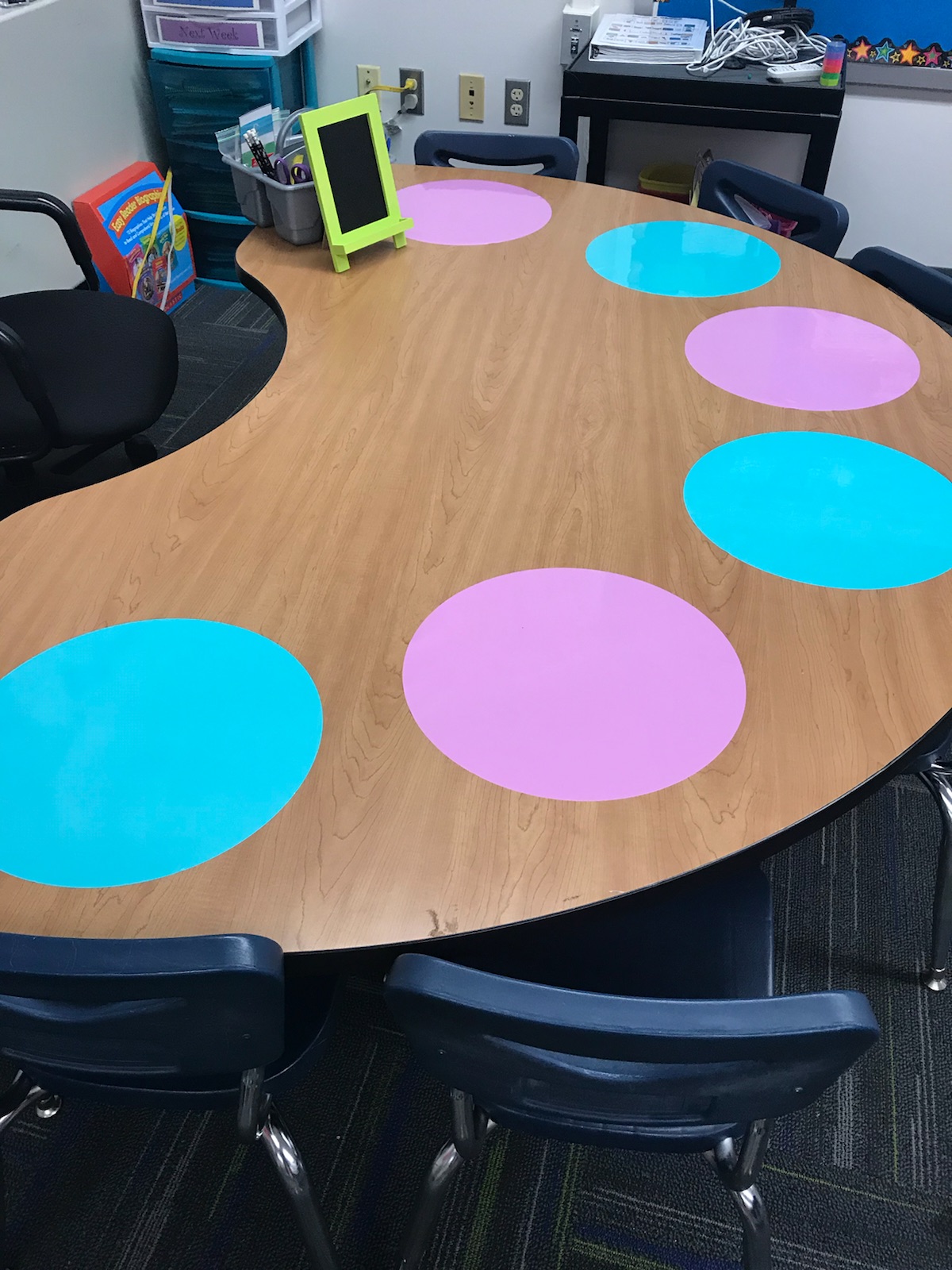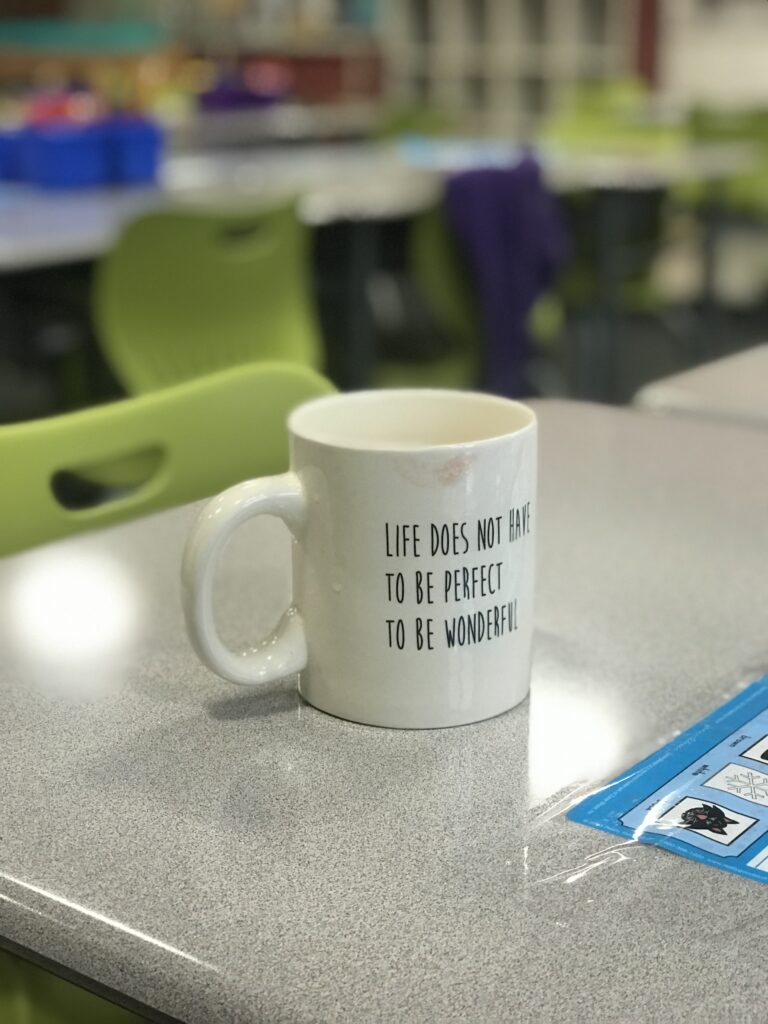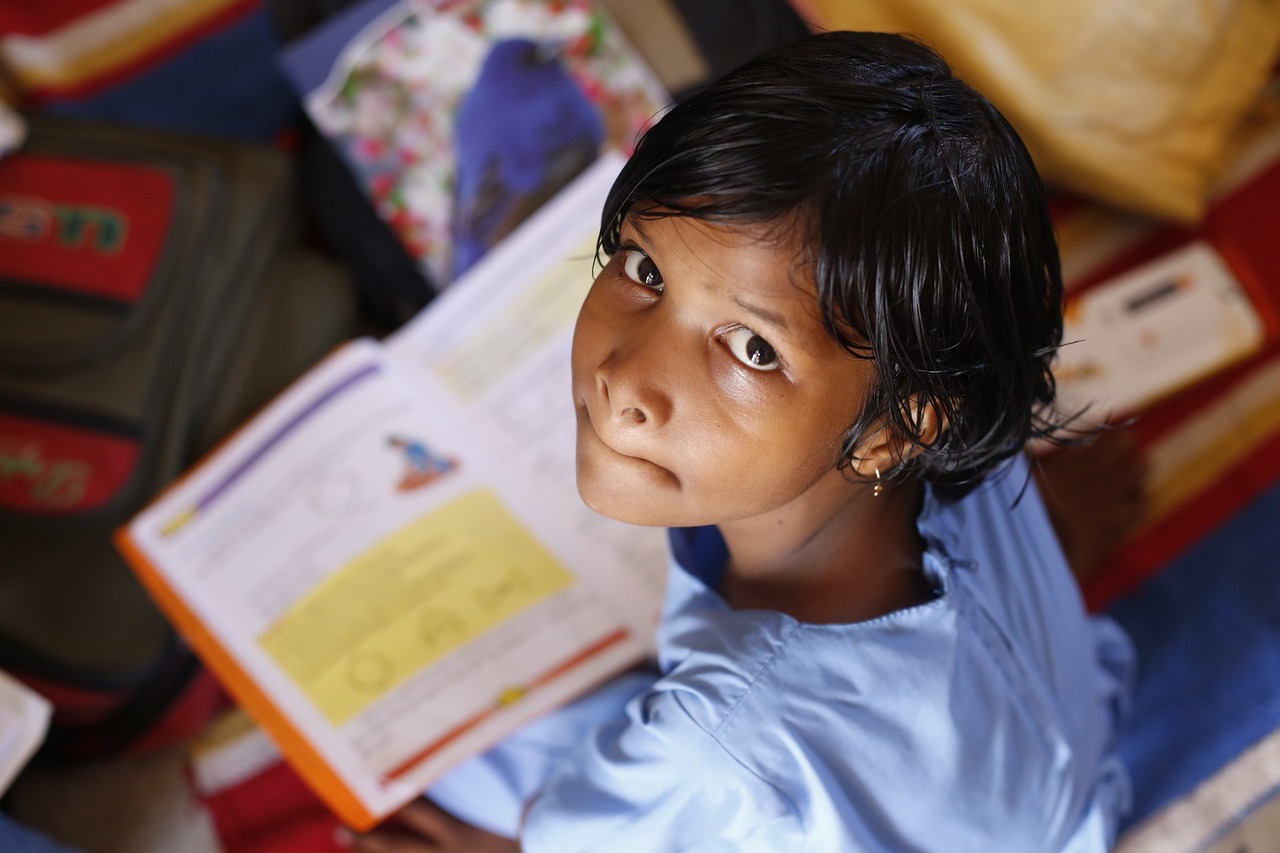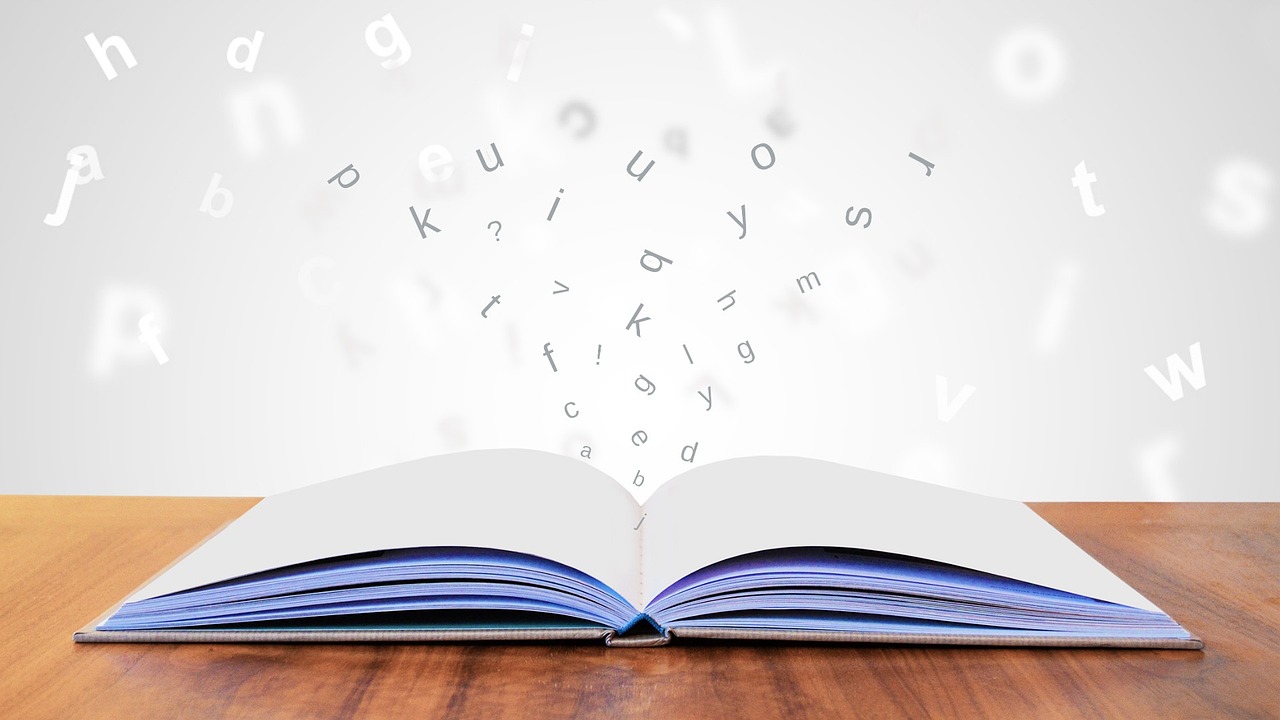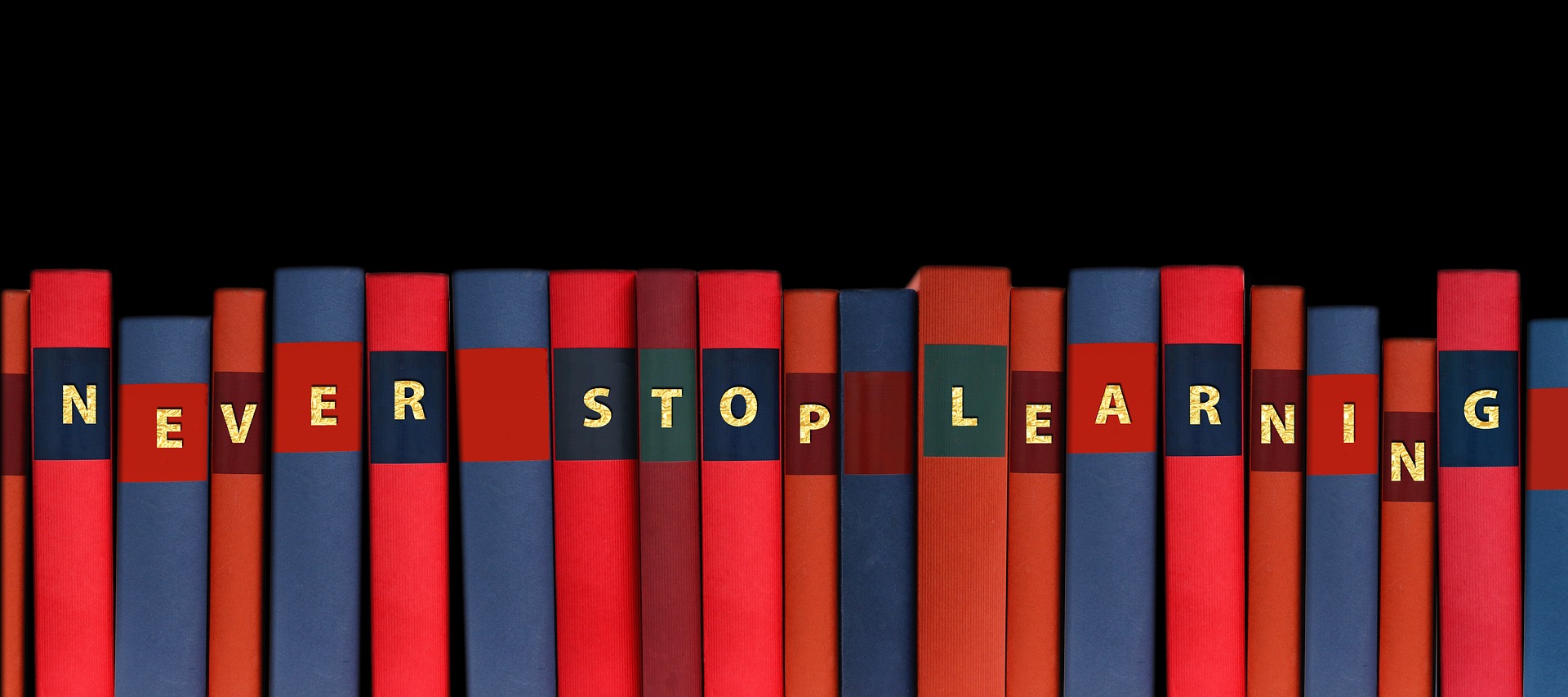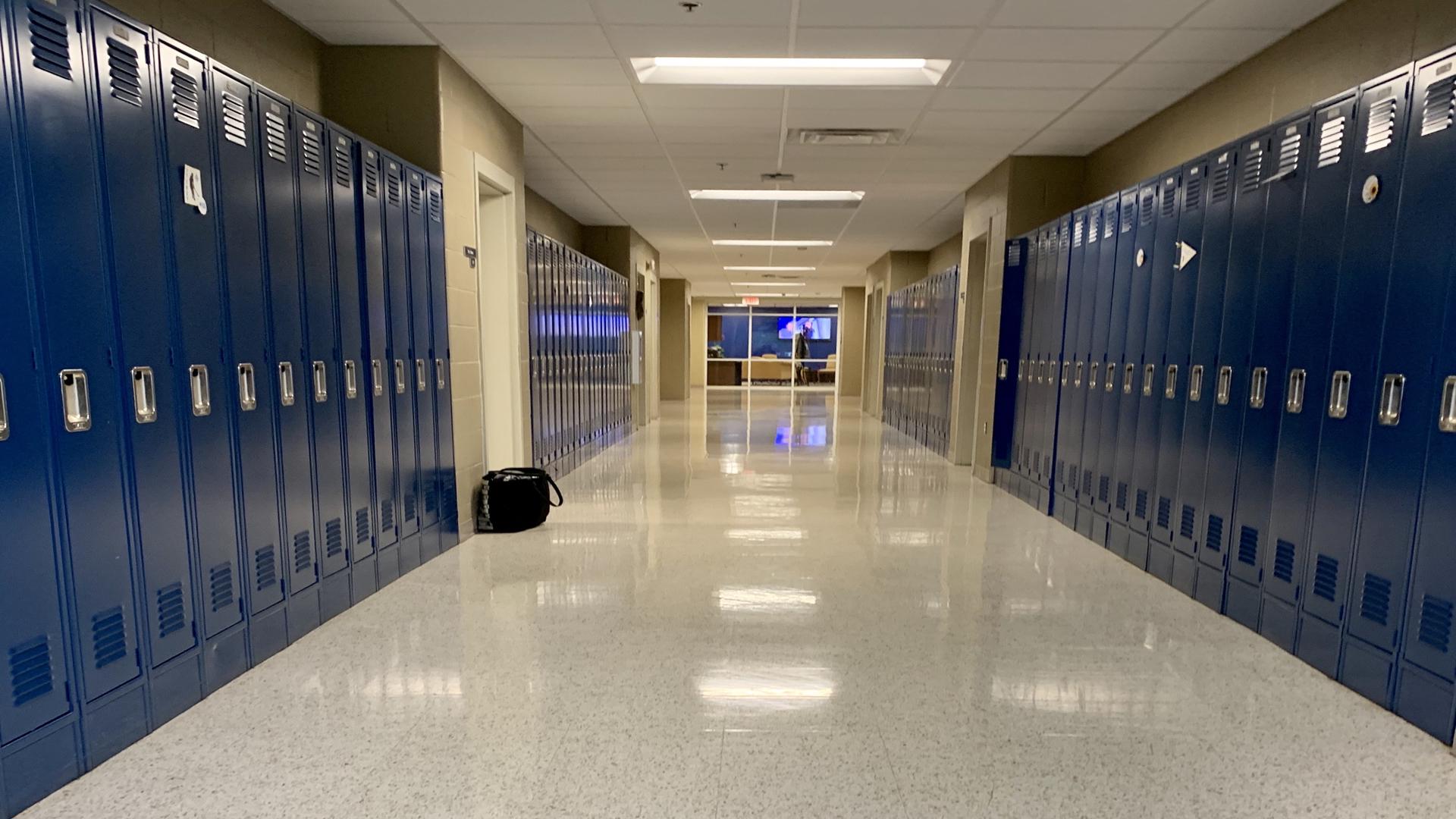There are numerous steps that our district and school took to help implement Science of Reading strategies and ensure structured literacy was our approach in ELA instruction. These are our steps to structured literacy success.
Before we begin, let’s define some terms. Science of Reading is the research behind how a child’s brain learns to read. Structured literacy is the application. Structure literacy applies the knowledge of Science of Reading to teach children to read in an evidence-based, explicit, and systematic way. Structured literacy approach incorporates skills including phonemic awareness, phonics, orthography, morphology, syntax (sentence structure), semantics.
For more information, I highly suggest the book Structured Literacy Interventions.
Our District’s 8 Steps to Structured Literacy Success
To prepare our teachers for the shift from our previous balanced literacy with guided reading groups to a structured literacy approach with a new curriculum, we took some critical steps. Looking back I believe these 8 steps have helped our teachers and district be successful in implementing a structured literacy approach to our ELA block.
1. Built the “Why”
We all want to know “why” we are doing something. We want to see the reasons, the proof, and the theory behind our change. Education is constantly changing and like many things in education we didn’t want our teachers believing that science of reading was only a pendulum swing. We wanted to prove to teachers this is the best approach to teach our students to be successful readers. We provided short articles and a few videos to introduce our teachers to the Science of Reading. We also started various book study groups working through Natalie Wexler’s book The Knowledge Gap.
2. Introduced Instructional Coaches
This new position of an instructional coach was designed to support teachers in their shift from balanced literacy to structured literacy approach. We are lucky to have one instructional coach for each of our elementary buildings. During our first months in this new role, we devoured all the information about science of reading, structured literacy, explicit phonics, vocabulary, comprehension, etc.. We attended any professional development opportunities. We became “experts” so that we could better support teachers throughout this process.
3. Demolished Guided Reading
At the beginning of the year, we demolished our previous guided reading group method and rebuilt a stronger approach to this precious time within our day. We first changed the title to WIN (What I Need) time. We wanted a clean break, even in name, from our previous guided reading group structure and instruction. Instructional coaches research best practices and after looking at school data, we helped to create more meaningful groups and provided teachers with a new framework for teaching. Many of our students had phonics gaps, so our first year we targeted this area while addressing other components. We also introduced teachers to decodable readers instead of leveled readers.
4. Pilot New ELA Programs
Our district was already piloting many programs before COVID. Honestly, COVID saved us from making a wrong decision in curriculums since all curriculum pilots were on pause for a year. During this time, Science of Reading information was exploding and we used this time to reevaluate some of our pilots. We dropped a few programs that were not Science of Reading aligned. We focused all our attention to a very few select programs and dove into them deeply. Coaches were able to observe teachers in the different pilots and talk with students about what they were learning. We were able to see mid-year data and formative assessments. In the end, it was a no brainer. We had made our decision!
5. Selected ELA Program & Celebrated!
In January we decided on a curriculum and moved forward with board approval and budget. Our next district professional development day in March was our biggest day. We celebrated with teachers! I have never been to a PD that was more exciting. We were moving forward! We were excited! We were ready to see our kids’ reading improve! During this day, we gave teachers a sneak peak at the new curriculum and our reps were there to answer questions. Pilot teachers provide the rest of the grade level teachers with a demonstration of a lesson so they could see the curriculum in action. We also had Natalie Wexler, author of The Knowledge Gap, as our Keynote speaker.
6. Support!!
As our new year started, instructional coaches, pilot teachers, and administration were available and ready to support teachers with the new curriculum. We knew it would be a heavy lift but we knew the key to success was to provide help and support along the way. Instructional coaches attended private coaching training with our curriculum reps to find ways to better support teachers and brought that knowledge back to grade level PLC meetings. We also helped with unit planning and attending meetings where teachers could ask questions, voice concerns, or seek feedback/help. All hands were on deck!
7. Carefully Selected & Meaningful PD
Our new curriculum was a heavy lift. We knew that leaving teachers to work independently was not going to be successful. Also we knew our teachers would be drowning and we wanted to have lifeboats, life vests, and the whole Coast Guard ready to help. Therefore, our administration built a district calendar based around carefully selected days that teachers would have time to work together with grade level teams, curriculum reps, and coaches to build capacity one or two units at a time.
During each PD, instructional coaches were providing various training along with our curriculum reps. Teachers were provided time to work through a unit with their district wide team and instructional coaches while curriculum reps guided them through the process. Teachers had time for collaboration and sharing. Our administration did a great job at chunking the professional development offered by our curriculum company so that teachers could digest a small amount of information and implement it in their classroom before learning something new.
8. Building PD
Meaningful professional development is essential. There is nothing worse than leaving a meeting thinking- “That could have been an email” or “I didn’t learn anything”. One of our goals was to ensure that teachers learned something new and it was meaningful. In our district, instructional coaches are responsible for providing building-wide professional development. Our district is a large district with 8 elementary schools and growing quickly. The first year as a coach we noticed that every school did things differently. Our first main goal was to bring consistency to the buildings.. We took teacher feedback, classroom observations, and new implementations to build our professional development presentation together. This way each school was getting the same information from their instructional coaches.
Success
These steps crucial in our new curriculum being successful and our shift to structured literacy. Our teachers worked hard and had support at every turn. I truly believe these steps helped our district be successful.
“Most transformation programs satisfy themselves with shifting the same old furniture about in the same old room. But real transformation requires that we redesign the room itself. Perhaps even blow up the old room. It requires that we change thinking behind our thinking.”
Dahah Zohar (1997, p.243)

 One of my biggest problems is having students work with whiteboards. We have whiteboards for math but they are huge. Having 5-6 kids in a small guided math group, the boards cannot fit at our table with us. Also, the time it takes to get the boards, make sure the markers work, and make space for everyone would also take away so much time from my actual lesson. This year I purchased Dry Erase dots from Amazon. I am so excited to use these items for the classroom this year. The dots adhere to the table so there is no set up each day. It also helps mark off each child’s space at our small group table. Students will be able to use their dry erase dot to solve math problems or write sight words. Even if we are not using the markers, they dots will help show students where their personal space is when sitting at our table.
One of my biggest problems is having students work with whiteboards. We have whiteboards for math but they are huge. Having 5-6 kids in a small guided math group, the boards cannot fit at our table with us. Also, the time it takes to get the boards, make sure the markers work, and make space for everyone would also take away so much time from my actual lesson. This year I purchased Dry Erase dots from Amazon. I am so excited to use these items for the classroom this year. The dots adhere to the table so there is no set up each day. It also helps mark off each child’s space at our small group table. Students will be able to use their dry erase dot to solve math problems or write sight words. Even if we are not using the markers, they dots will help show students where their personal space is when sitting at our table. 